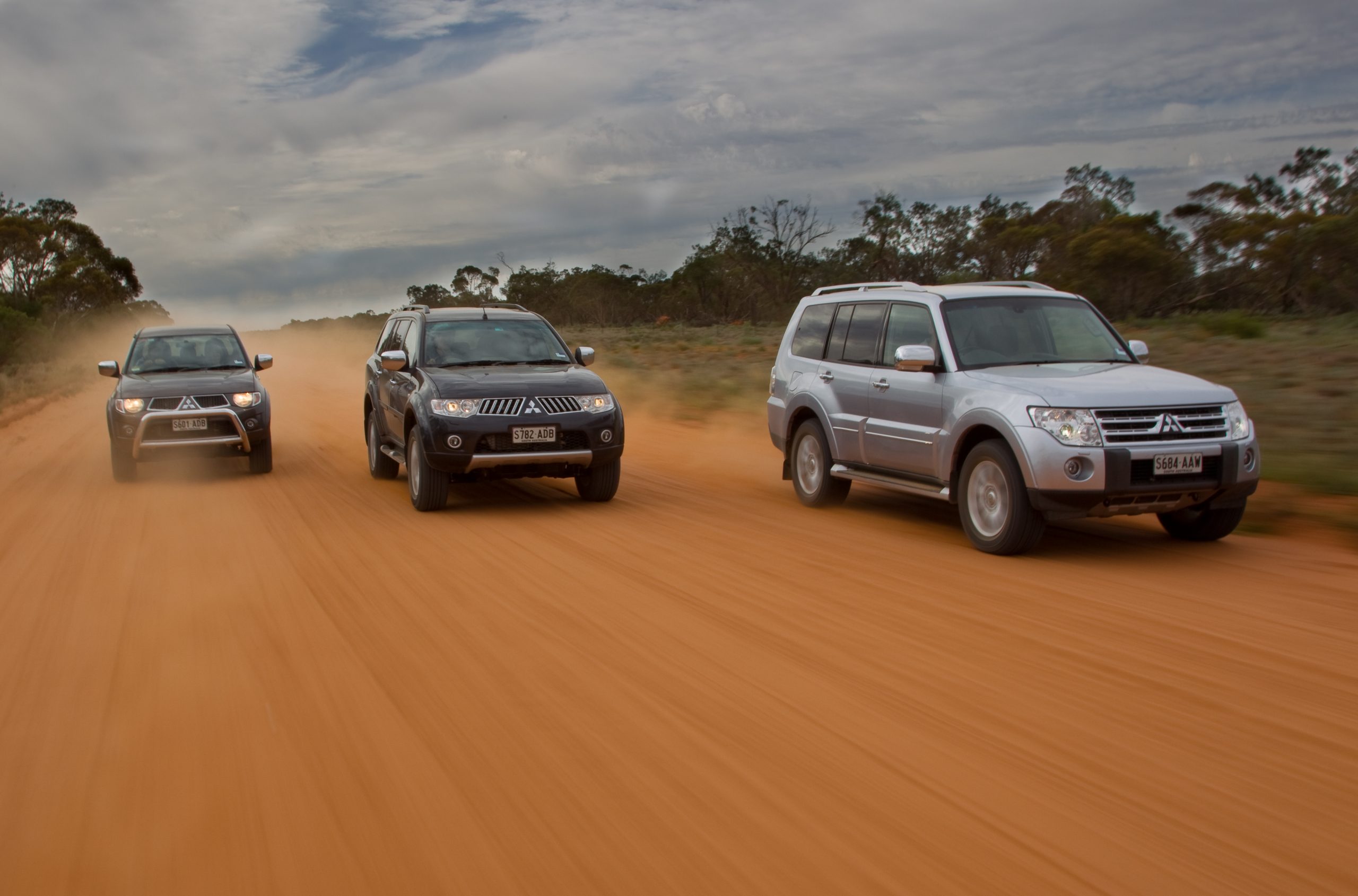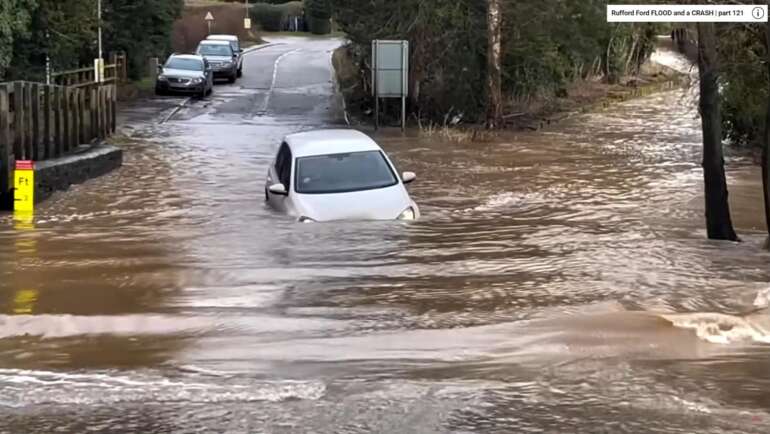
Why low-profile rims get damaged more when you drive offroad
Everyone knows low-profile tyres and rims get damaged more easily than high profiles. The low-profiles are those tyre/rim combos that are mostly rim with a little bit of rubber for tyre. That’s great for on-road handling, but not so good in the bush for various reasons, but here we’ll focus only on why they are more prone to damage. There’s several reasons:
- Less rubber. For a given wheel diameter there’s more rim and less tyre (25mm difference between 18 and 20″, which in percentage terms is quite a bit), and if a rock scrapes rubber it won’t show, if it scrapes rim it will.
- Bulge Higher-profile tyres bulge out in the sidewall more, so the rim is kind of recessed in relative to the tyre. Low profiles don’t have that protection.
- Rim width (1) Lower profile rims are also typically wider relative to the tyre width. For example, a 255/55/19 tyre may have a recommended rim width of between 7 and 9 inches, so you would run an 8″ wide rim. A 255/70/16 tyre, same width and diameter may have a recommended width of 6.5-8.5, so you’d probably run a 7″ wide rim, and that means the rim is recessed relative to the tyre. That’s for the same width and diameter of tyres, but the equation also holds if you go for a narrower tyre:
- Rim width (2) I run 245/70/17 tyres with 17×7″ rims. A 7″ rim is 73% of the width of the 245mm tyre. The standard tyres for the car are 255/60/18s, on 8″ rims. An 8″ rim is 80% of the width of 255mm. Hence, a wider rim relative to the tyre and more prone to damage.
- Air down Low-profiles cannot be aired down as far as high profiles, and when you air a tyre down you get a sidewall bulge which adds a further layer of protection when the tyre leans against ruts and rocks.
The rim design also plays a part. Some alloy rims bulge outwards with large, flat spokes and these are the worst for damage. The better designs minimise bulge and present less spoke area for damage.
Therefore, low-profile alloys are much more prone to damage than higher profiles, as many owners can now attest. Also, low-profiles cannot be aired down like high profiles as air is needed in the tyre to protect the rim from pinching the tyre or rock damage. Not airing down reduces offroad performance and increases the chance of a puncture.
So how do low-profile rims actually get damaged? The biggest problem is in ruts where the rim, not the tyre rubs against the terrain, or driving on loose rocks which roll onto or rub against the rim. However alloys can also get damaged even driving on forest roads as sticks flick up or get caught in the wheels. There’s simply less rubber to protect the rim, and the rim itself is further out relative to the tyre, not recessed inwards.
If you buy a new car get the smallest rims you can for it. Dealers aren’t used to people asking for smaller rims as bigger rims are seen as ‘better’, but that’s what you do for offroaders and from what I’ve seen dealers will change rims for no cost of provided it is negotiated up front.
This rim issue has been a problem, particuarly with the Discovery 4 3.0L with its minimum 19″ size and Overlander has gone hard on the car as a result. The standard advice for owners is to switch to the smallest diameter rim possible (I run 17s on my Discovery 3) fit proper offroad tyres, then come resale time deal with any scuffs.
Modern vehicles are capable offroad despite, not because of low profile rims.


